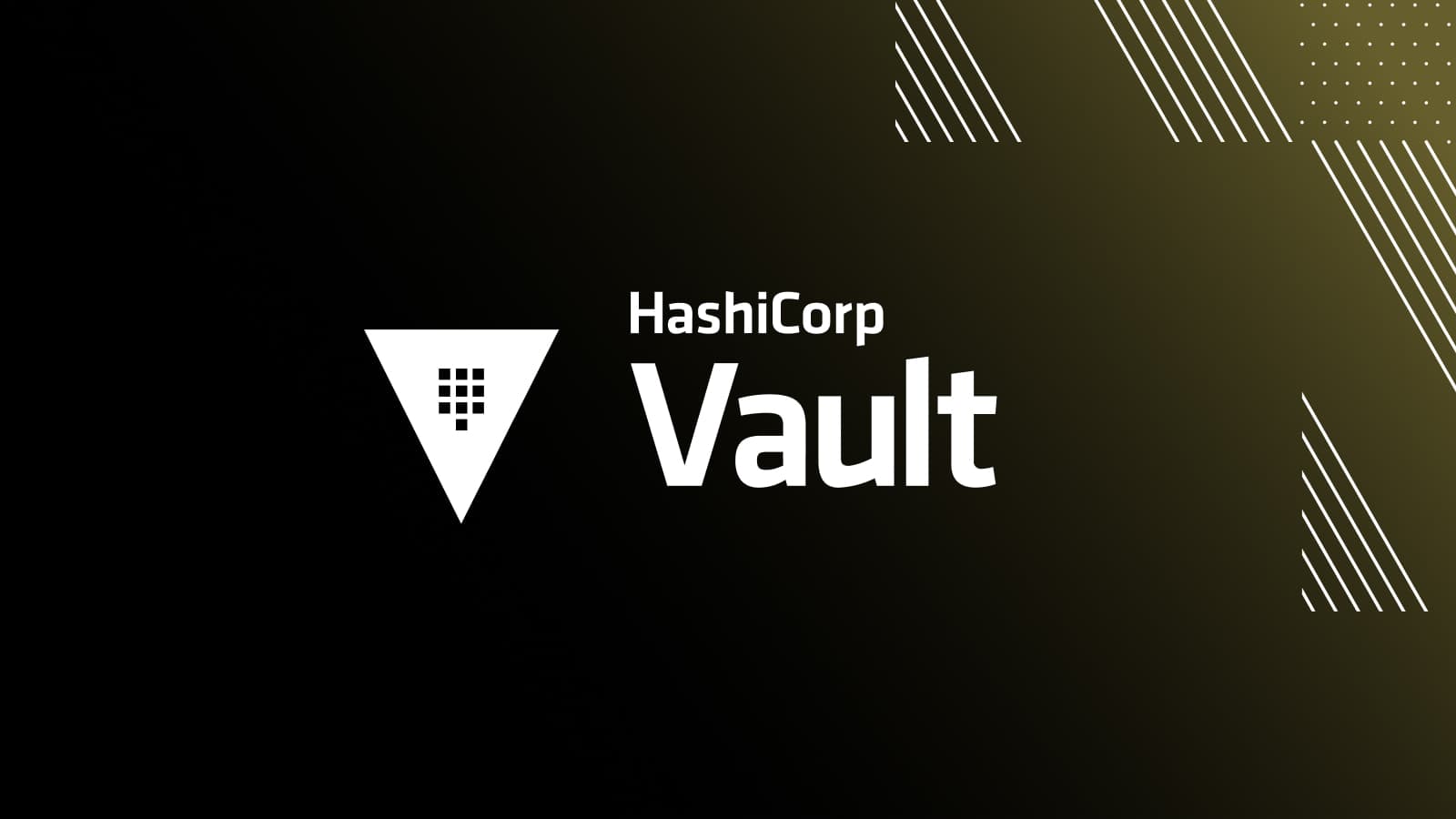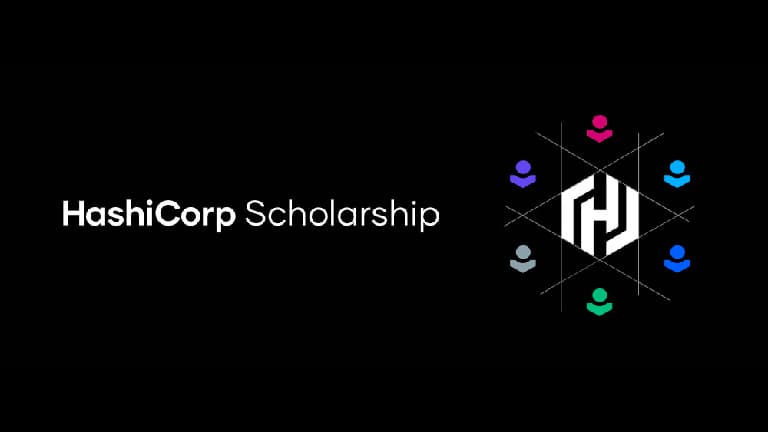
X.509 certificate management with Vault
In this blog post, we’ll look at practical public key certificate management in HashiCorp Vault using dynamic secrets rotation.

HashiCorp 2019 Diversity Scholarship Applications Now Open
For the second year, HashiCorp offers a Diversity Scholarship to help members of groups underrepresented in the tech and open source attend HashiConf EU (8–10 July, 2019 in Amsterdam) and HashiConf US (9-11 September, 2019 in Seattle, WA).
Enabling Cloud-based Auto Unseal in Vault Open Source
In this blog post we give a brief overview of how to enable cloud-based auto unseal in Vault open source. If you're already using Vault, you'll need to migrate to auto unseal, but don't worry, you can migrate back to manual unseal whenever you like. If you've been waiting to give open source Vault a try because of the hassle of unsealing, now's a good time!
Building Resilient Infrastructure with Nomad: Fault Tolerance and Outage Recovery
In this series we explore how Nomad handles unexpected failures, outages, and routine maintenance of cluster infrastructure, often without operator intervention. In this post we’ll explore how Nomad is designed to handle transient and permanent failures of both clients and servers gracefully to make it easy to run highly reliable infrastructure.
Building Resilient Infrastructure with Nomad: Job Lifecycle
This is the third in a series Building Resilient Infrastructure with Nomad (Part 1, Part 2). In this series we explore how Nomad handles unexpected failures, outages, and routine maintenance of cluster infrastructure, often without operator intervention required. In this post we’ll look at how Nomad adds resiliency to your computing infrastructure by providing a consistent workflow for managing the entire job lifecycle, including robust options for updating and migrating jobs that help minimize or even eliminate down time.
Building Resilient Infrastructure with Nomad: Scheduling and Self-Healing
This is the second post in our series Building Resilient Infrastructure with Nomad. In this series we explore how Nomad handles unexpected failures, outages, and routine maintenance of cluster infrastructure, often without operator intervention required. In this post we’ll look at how the Nomad client enables fast and accurate scheduling as well as self-healing through driver health checks and liveness heartbeats.
Building Resilient Infrastructure with Nomad: Restarting tasks
Welcome to our series on Building Resilient Infrastructure with Nomad, where we explore how Nomad handles unexpected failures, outages, and routine maintenance of cluster infrastructure, often without operator intervention required. In this first post, we'll look at how Nomad automates the restart of failed and unresponsive tasks as well as reschedule of repeatedly failing tasks to other nodes.
Consul and External Services
This post explains how to work with external services in Consul and how to use Consul ESM (External Service Monitor) to enable health checks on those services.
Detecting and Managing Drift with Terraform
This guide explains how to use Terraform to detect and manage configuration drift.